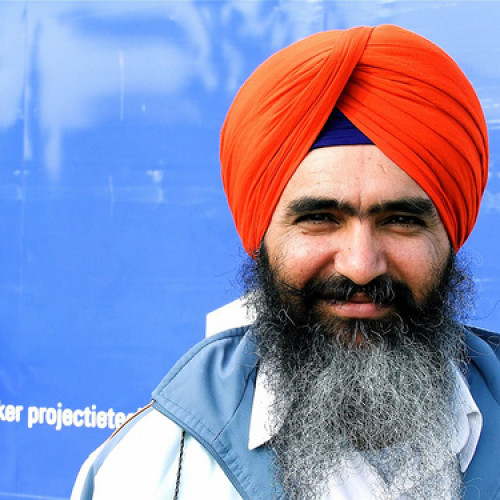They’re not tweeting. They’re not marching. They don’t put signs in their yard. But come election day, they move the needle more than any shouting head on TV. They are the silent voters—the everyday citizens who don’t make noise but cast votes that change everything.
Silent voters are often independents, centrists, or disillusioned party members who make decisions based on practicality over ideology. They're often suburban, middle-aged, and focused more on economics than identity politics. Their silence isn’t apathy—it’s calculation. And in swing states, they are kingmakers.
Political campaigns know this. That’s why microtargeting ads and voter profiling have become billion-dollar industries. Candidates no longer sell policies—they sell identities. “I’m like you” has become more effective than “Here’s my plan.” The silent voter doesn’t need fireworks; they want results.
Ironically, media often ignores the silent voter until the day after the election, when the results confuse everyone who was watching Twitter trends instead of voter rolls. Silent voters tend to skew older and are less likely to engage in online debates. But their ballots speak volumes.
Issues that sway them aren’t always trending. Healthcare premiums, school zoning, and gas prices matter more than hashtag justice. They may not post about it—but they vote on it. This makes them unpredictable, but not uninformed.
Both parties underestimate them at their peril. The 2016 and 2020 elections shocked many pundits because they didn’t account for the quiet discontent simmering in swing districts. By 2025, ignoring the silent majority is not just naïve—it’s a losing strategy.
If you want to understand America’s political future, stop scrolling for the loudest voice. Instead, look for the one who's listening. The voter who doesn’t attend rallies, doesn’t repost politics, but never misses an election—that’s who really decides what comes next.

Comments